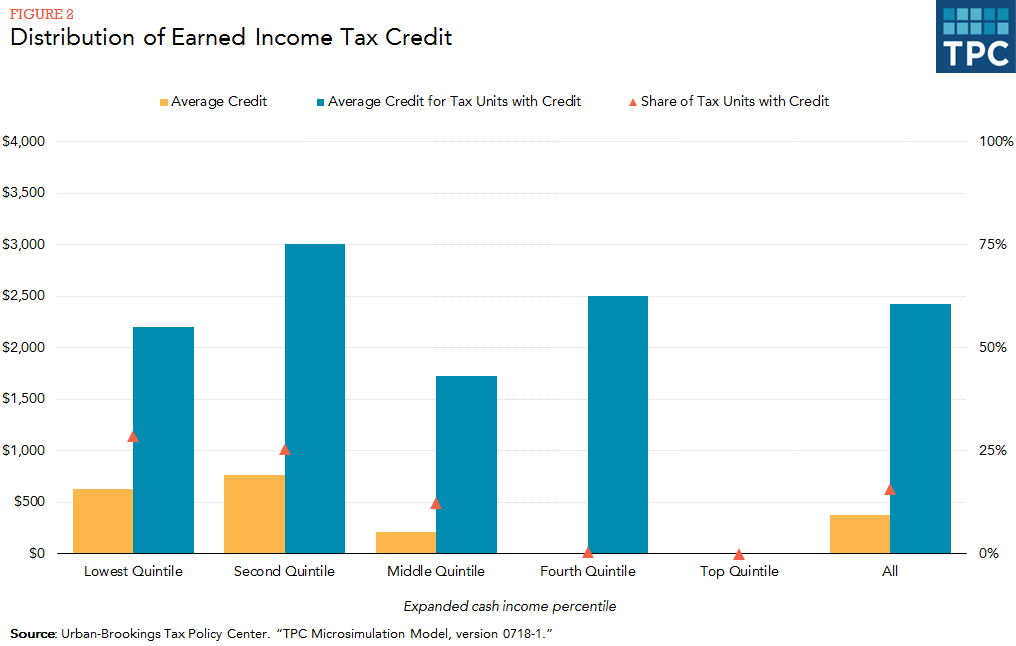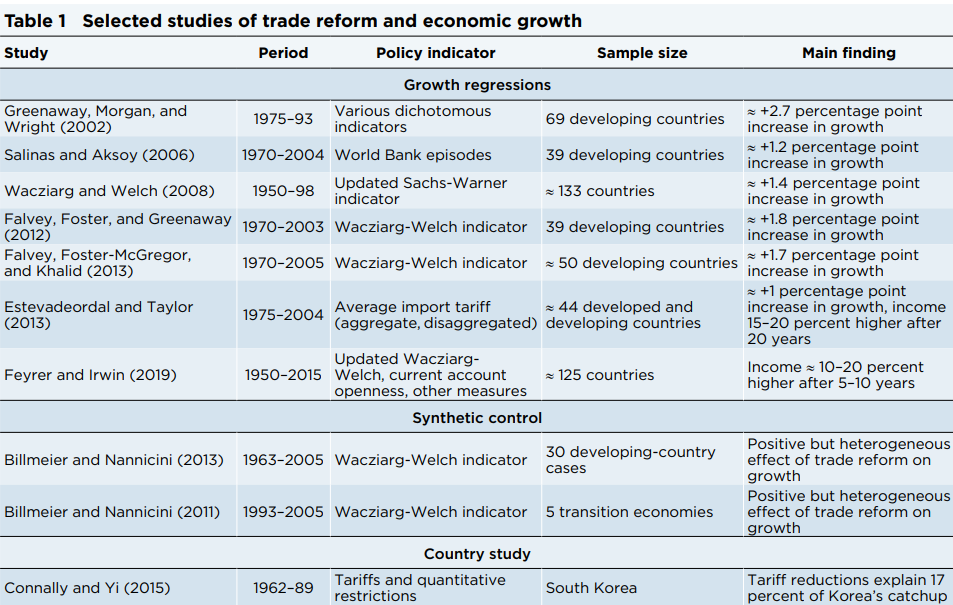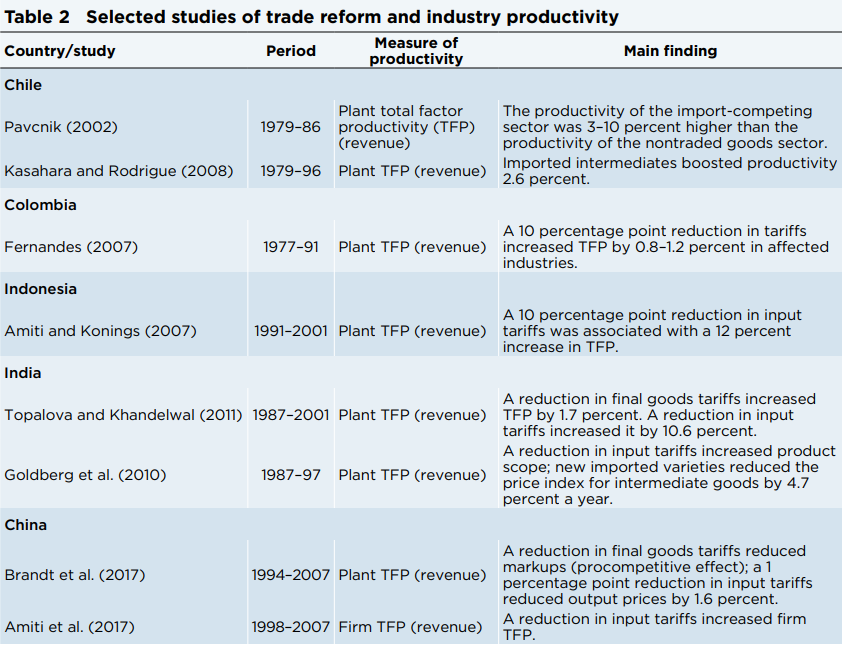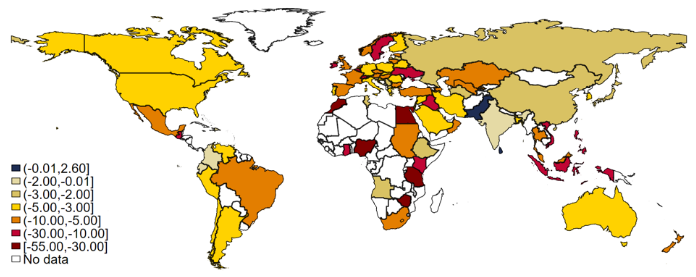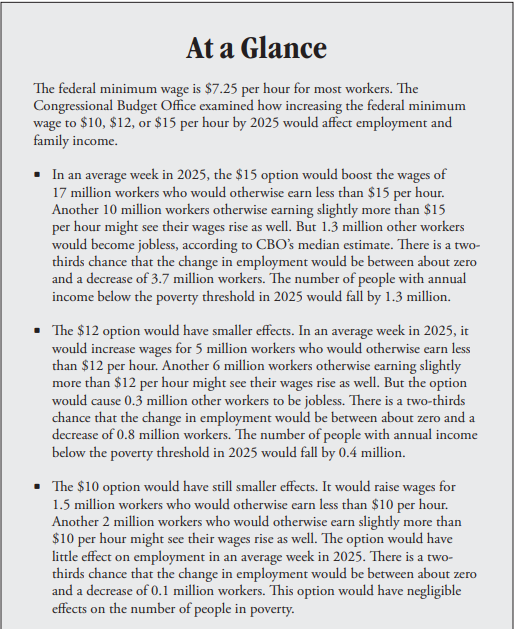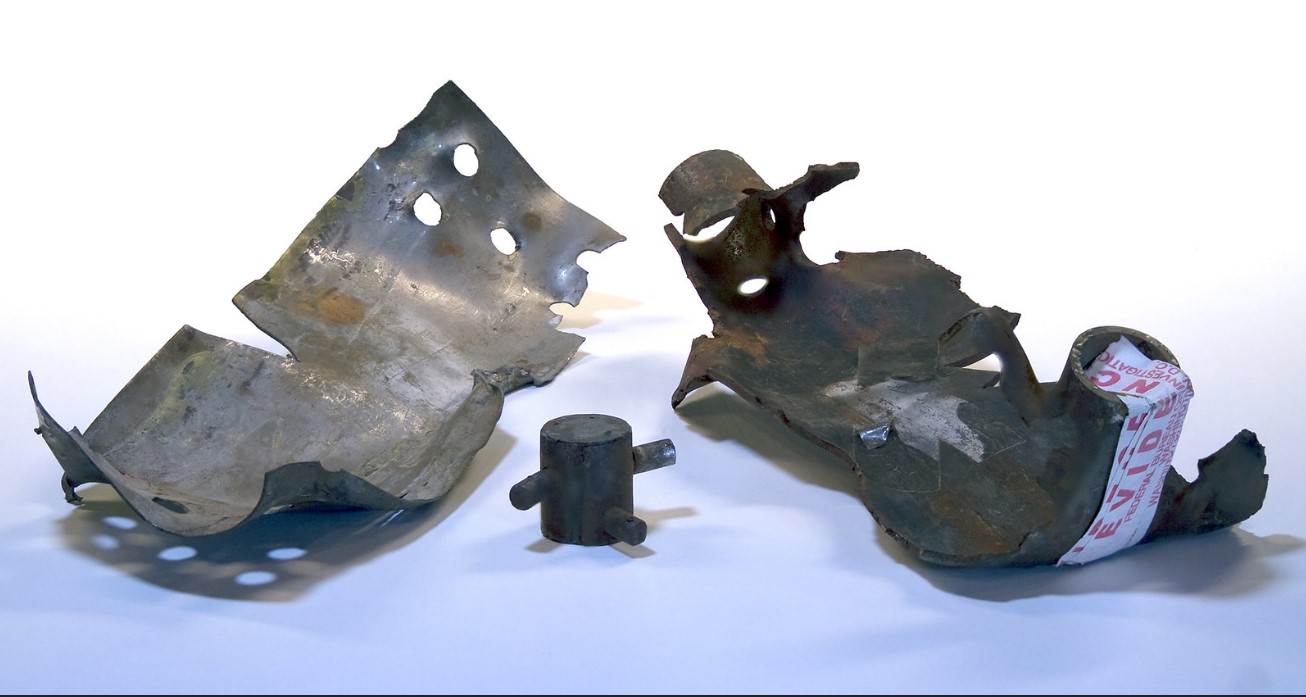
Came across this article in my Facebook feed: Children of Ted. The lead in states:
Two decades after his last deadly act of ecoterrorism, the Unabomber has become an unlikely prophet to a new generation of acolytes.
I don’t have a ton of patience for this whole line of reasoning, but it’s trendy enough that I figure I ought to explain why it’s so silly.
Critics of industrialization are far from new, and obviously they have a point. As long as we don’t live in a literal utopia, there will be things wrong with our society. They are unlikely to get fixed without acknowledging them. What’s more, in any sufficiently complex system (and human society is pretty complex), any change is going to have both positive and negative effects, many of which will not be immediately apparent.
So if you want to point out that there are bad things in our society: yes, there are. If you want to point out that this or that particular advance has had deleterious side effects: yes, all changes do. But if you take the position that we would have been better off in a pre-modern, per-industrial, or even pre-agrarian society: you’re a hypocritical nut job.
I addressed this trendy argument when I reviewed Yuval Noah Harai’s Sapiens: A Brief History of Humankind. Quoting myself:
Harari is all-in for the hypothesis that the Agricultural Revolution was a colossal mistake. This is not a new idea. I’ve come across it several times, and when I did a quick Google search just now I found a 1987 article by Jared Diamond with the subtle title: The Worst Mistake in the History of the Human Race. Diamond’s argument then is as silly as Harari’s argument is now, and it boils down to this: life as a hunter-gatherer is easy. Farming is hard. Ergo, the Agricultural Revolution was a bad deal. If we’d all stuck around being hunter-gatherers we’d be happier.
There are multiple problems with this argument, and the one that I chose to focus on at the time is that it’s hedonistifc. Another observation one can make is that if being a hunter-gatherer is so great, nothing’s really stopping Diamond or Harai from living that way. I’m not saying it would be trivial, but for all the folks who sagely nod their head and agree with the books and articles that claim our illiterate ancestors had it so much better… how many are even seriously making the attempt?
The argument I want to make is slightly different than than the ones I’ve made before and is based on economics.
Three fundamental macroeconomic concepts are: production, consumption, and investment. Every year a society produces are certain amount of stuff (mining minerals, refining them, turning them into goods, growing crops, etc.) All of that stuff is eventually used in one of two ways: either it’s consumed (you eat the crops) or invested (you plant the seeds instead of eating them).
From a material standpoint, the biggest change in human history has been the dramatic rise in per-capita production over the last few centuries, especially during the Industrial Revolution. This is often seen as a triumph of science, but that is mostly wrong. Virtually none of the important inventions of the Industrial Revolution were produced by scientists or even my lay persons attempting to apply scientific principles. They were almost uniformly invented by self-taught tinkerers who were experimenting with practical rather than theoretical innovations.
Another way to see this is to observe that many of the “inventions” of the Industrial Revolution had been discovered many times in the past. A good example of this is the steam engine. In “Destiny Disrupted,” Tamim Ansary observes:
Often, we speak of great inventions as if they make their own case merely by existing. But in fact, people don’t start building and using a device simply because it’s clever. The technological breakthrough represented by an invention is only one ingredient in its success. The social context is what really determines whether it will take. The steam engine provides a case in point. What could be more useful? What could be more obviously world-changing? Yet the steam engine was invented in the Muslim world over three centuries before it popped up in the West, and in the Muslim world it didn’t change much of anything. The steam engine invented there was used to power a spit so that a whole sheep might be roasted efficiently at a rich man’s banquet. (A description of this device appears in a 1551 book by the Turkish engineer Taqi al-Din.) After the spit, however, no other application for the device occurred to anyone, so it was forgotten.
Ansary understands that the key ingredient in whether or not an invention takes off (like the steam engine in Western Europe in the 18th century) or dies stillborn (like the steam engine in the 15th century Islamic world) is the social context around it.
Unfortunately, Ansary mostly buys into the same absurd notion that I’m debunking, which is that all this progress is a huge mistake. According to him, the Chinese could have invented mechanized industry in the 10th century, but the benevolent Chinese state had the foresight to see that this would take away jobs from its peasant class and, being benevolent, opted instead to keep the Chinese work force employed.
This is absurd. First, because there’s no chance that the Chinese state (or anyone) could have foreseen the success and conseqeunces of mechanized industry in the 10th century and made policy based on it even if they’d wanted to. Second, because the idea that it’s better to keep society inefficient rather than risk unemployment is, in the long run, disastrous.
According to Ansary, the reason that steam engines, mechanized industry, etc. all took place in the West was misanthropic callousness:
Of course, this process [modernization] left countless artisans and craftspeople out of work, but this is where 19th century Europe differed from 10th century China. In Europe, those who had the means to install industrial machinery had no particular responsibility for those whose livelihood would be destroyed by a sudden abundance of cheap machine-made goods. Nor were the folks they affected down-stream–their kinfolk or fellow tribesmen–just strangers who they had never met and would never know by name. What’s more, it was somebody else’s job to deal with the social disruptions caused by widespread unemployment, not theirs. Going ahead with industrialization didn’t signify some moral flaw in them, it merely reflected the way this particular society was compartmentalized. The Industrial Revolution could take place only where certain social preconditions existed and in Europe at that time they happened to exist.
Not a particular moral flaw in the individual actors, Ansary concedes, but still a society that was wantonly reckless and unconcerned with the fate of its poor relative to the enlightened empires that foresaw the Industrial Revolution from end-to-end and declined for the sake of their humble worker class.
The point is that when a society has the right incentives (I’d argue that we need individual liberty via private property and a restrained state alongside compartmentalization) individual innovations are harnessed, incorporated, and built upon in a snowball effect that leads to ever and ever greater productivity. A lot of the productivity comes from the cool new machines, but not all of it.
You see, once you have a few machines that give that initial boost to productivity, you free up people in your society to do other things. When per-capita production is very, very low, everyone has to be a farmer. You can have a tiny minority doing rudimentary crafts, but the vast majority of your people need to work day-in and day-out just to provide enough food for the whole population not to starve to death.
When per-capita production is higher, fewer and few people need to do work creating the basic rudiments (food and clothes) and this frees people up to specialize. And specialization is the second half of the secret (along with new machines) that leads to the virtuous cycle of modernization. New tools boost productivity, this frees up new workers to try doing new things, and some of those new things include making even more new tools.
I’m giving you the happy side of the story. Some people go from being farmers to being inventors. I do not mean to deny but simply to balance the unhappy side of the story, which is what some people go from being skilled workers to being menial labors if a machine renders their skills obsolete. That also happens, although it’s worth noting that the threat to modernization is generally not to the very poorest. Americans like to finger-wag at “sweatshops”, but if your alternative is subsistence farming, then even sweatshops may very well look appealing. Which is why so many of the very poorest keep migrating from farms to cities (in China) and why the opposition to modernization never comes from the poorest classes (who have little to lose) but from the precarious members of the middle class (who do).
So my high-level story of modernization has a couple of key points.
- If you want a high standard of living for a society, you need a high level of per capita production.
- You get a high level of per capita production through a positive feedback loop between technological innovation and specialization. (This might be asymptotic.)
- The benefits of this positive feedback loop include high-end stuff (like modern medicine) and also things we take for granted. And I don’t mean electricity (although, that, too) but also literacy.
- The costs of this positive feedback loop include the constant threat of obsolescence for at least some workers, along with greater capacity to destroy on an industrial scale (either the environment or each other).
So the fundamental question you have to ask is whether you want to try and figure out how to manage the costs so that you can enjoy the benefits, or whether the whole project isn’t worth it and we should just give up and start mailing bombs to each other until it all comes crashing down.
The part that really frustrates me the most, that part that spurred me to write this today, is that folks like Ted Kaczynski (the original Unabomber) or John Jacobi (the first of his acolytes profiles in the New York Mag story) are only even possible in a modern, industrialized society.
They are literate, educated denizens of a society that produces so much stuff that lots of its members can survive basically without producing much of all. We live in an age of super abundance, and it turns out that abundance creates it’s own variety of problems. Obesity is one. Another, apparently, is a certain class of thought that advocates social suicide.
Because that’s what we’re talking about. As much as Diamond and Harai are just toying with the notion because it sells books and makes them look edgy, folks like John Jacobi or Ted Kaczynski would–if they had their way–bring about a world without any of the things that make their elitist theorizing possible in the first place.
It is a great tragedy of human nature that the hard-fought victories of yesterday’s heroic pioneers and risk-takers are casually dismissed by the following generation who don’t even realize that their apparent radicalism is just another symptom of super-abundance.
They will never succeed in reducing humanity to a pre-industrial state but they–and others who lack the capacity to appreciate what they’ve been given–can make enough trouble that the rising generation will, we hope, have a more constructive, aspirational, and less-suicidal frame of mind.
